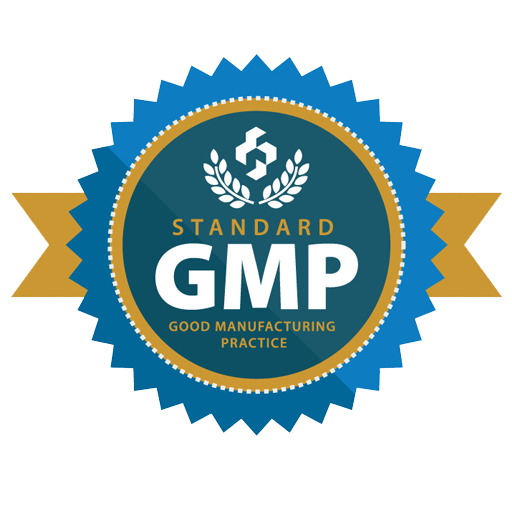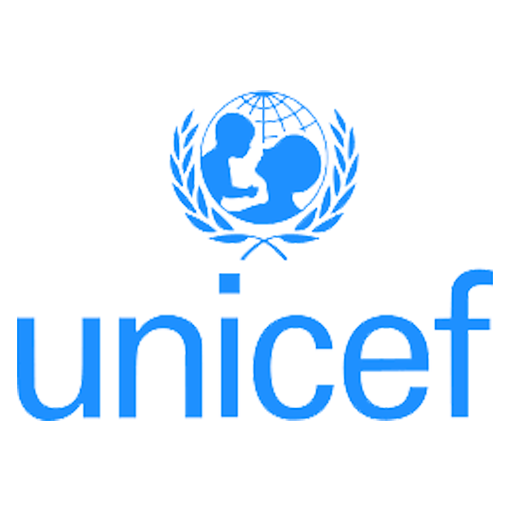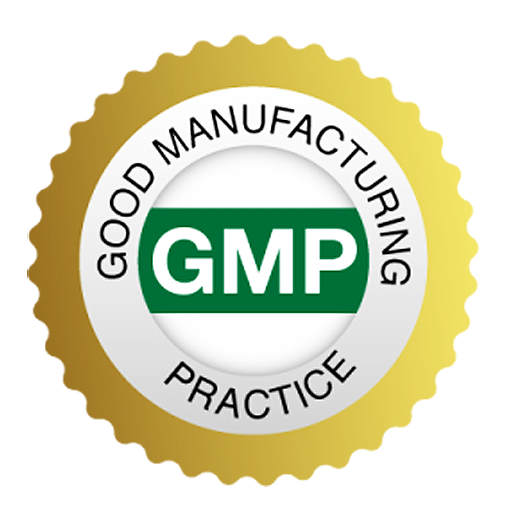Testicular Cancer
Overview
Testicular cancer occurs in the testicles (testes), which are located inside the scrotum, a loose bag of skin underneath the penis. The testicles produce male sex hormones and sperm for reproduction.
Compared with other types of cancer, testicular cancer is rare. But testicular cancer is the most common cancer in American males between the ages of 15 and 35.
Testicular cancer is highly treatable, even when cancer has spread beyond the testicle. Depending on the type and stage of testicular cancer, you may receive one of several treatments, or a combination.
Symptoms
Signs and symptoms of testicular cancer include:
A lump or enlargement in either testicle
A feeling of heaviness in the scrotum
A dull ache in the abdomen or groin
A sudden collection of fluid in the scrotum
Pain or discomfort in a testicle or the scrotum
Enlargement or tenderness of the breasts
Back pain
Cancer usually affects only one testicle.
When to see a doctor
See your doctor if you detect any pain, swelling or lumps in your testicles or groin area, especially if these signs and symptoms last longer than two weeks.
Causes
It's not clear what causes testicular cancer in most cases.
Doctors know that testicular cancer occurs when healthy cells in a testicle become altered. Healthy cells grow and divide in an orderly way to keep your body functioning normally. But sometimes some cells develop abnormalities, causing this growth to get out of control — these cancer cells continue dividing even when new cells aren't needed. The accumulating cells form a mass in the testicle.
Nearly all testicular cancers begin in the germ cells — the cells in the testicles that produce immature sperm. What causes germ cells to become abnormal and develop into cancer isn't known.
Risk factors
Factors that may increase your risk of testicular cancer include:
An undescended testicle (cryptorchidism)
The testes form in the abdominal area during fetal development and usually descend into the scrotum before birth. Men who have a testicle that never descended are at greater risk of testicular cancer than are men whose testicles descended normally. The risk remains elevated even if the testicle has been surgically relocated to the scrotum.
Still, the majority of men who develop testicular cancer don't have a history of undescended testicles.
Abnormal testicle development
Conditions that cause testicles to develop abnormally, such as Klinefelter syndrome, may increase your risk of testicular cancer.
Family history
If family members have had testicular cancer, you may have an increased risk.
Age
Testicular cancer affects teens and younger men, particularly those between ages 15 and 35. However, it can occur at any age.
Race
Testicular cancer is more common in white men than in black men.
Prevention
There's no way to prevent testicular cancer.
Some doctors recommend regular testicle self-examinations to identify testicular cancer at its earliest stage. But not all doctors agree. Discuss testicular self-examination with your doctor if you're unsure about whether it's right for you.
Diagnosis
In some cases men discover testicular cancer themselves, either unintentionally or while doing a testicular self-examination to check for lumps. In other cases, your doctor may detect a lump during a routine physical exam.
To determine whether a lump is testicular cancer, your doctor may recommend:
Ultrasound
A testicular ultrasound test uses sound waves to create an image of the scrotum and testicles. During an ultrasound you lie on your back with your legs spread. Your doctor then applies a clear gel to your scrotum. A hand-held probe is moved over your scrotum to make the ultrasound image.
An ultrasound test can help your doctor determine the nature of any testicular lumps, such as whether the lumps are solid or fluid-filled. An ultrasound also tells your doctor whether lumps are inside or outside of the testicle.
Blood tests
Your doctor may order tests to determine the levels of tumor markers in your blood. Tumor markers are substances that occur normally in your blood, but the levels of these substances may be elevated in certain situations, including testicular cancer. A high level of a tumor marker in your blood doesn't mean you have cancer, but it may help your doctor in determining your diagnosis.
Surgery to remove a testicle (radical inguinal orchiectomy)
If it's determined that the lump on your testicle may be cancerous, surgery to remove the testicle may be recommended. Your removed testicle will be analyzed to determine if the lump is cancerous and, if so, what type of cancer.
Determining the type of cancer
Your extracted testicle will be analyzed to determine the type of testicular cancer. The type of testicular cancer you have determines your treatment and your prognosis. In general, there are two types of testicular cancer:
Seminoma
Seminoma tumors occur in all age groups, but if an older man develops testicular cancer, it is more likely to be seminoma. Seminomas, in general, aren't as aggressive as nonseminomas.
Nonseminoma
Nonseminoma tumors tend to develop earlier in life and grow and spread rapidly. Several different types of nonseminoma tumors exist, including choriocarcinoma, embryonal carcinoma, teratoma and yolk sac tumor./p>
Staging the cancer
Once your doctor confirms your diagnosis, the next step is to determine the extent (stage) of the cancer. To determine whether cancer has spread outside of your testicle, you may undergo:
Computerized tomography (CT) scan
CT scans take a series of X-ray images of your abdomen, chest and pelvis. Your doctor uses CT scans to look for signs that cancer has spread.
Blood tests
Blood tests to look for elevated tumor markers can help your doctor understand whether cancer likely remains in your body after your testicle is removed.
After these tests, your testicular cancer is assigned a stage. The stage helps determine what treatments are best for you.
The stages of testicular cancer are indicated by Roman numerals that range from 0 to III, with the lowest stages indicating cancer that is limited to the area around the testicle. By stage III, the cancer is considered advanced and may have spread to other areas of the body, such as the lungs.
Treatment
The options for treating your testicular cancer depend on several factors, including the type and stage of cancer, your overall health, and your own preferences.
Surgery
Operations used to treat testicular cancer include:
Surgery to remove your testicle
(radical inguinal orchiectomy) is the primary treatment for nearly all stages and types of testicular cancer. To remove your testicle, your surgeon makes an incision in your groin and extracts the entire testicle through the opening. A prosthetic, saline-filled testicle can be inserted if you choose. In cases of early-stage testicular cancer, surgical removal of the testicle may be the only treatment needed.
Surgery to remove nearby lymph nodes
(retroperitoneal lymph node dissection) is performed through an incision in your abdomen. Your surgeon takes care to avoid damaging nerves surrounding the lymph nodes, but in some cases harm to the nerves may be unavoidable. Damaged nerves can cause difficulty with ejaculation, but won't prevent you from having an erection.
If surgery is your only treatment for testicular cancer, your doctor will recommend a schedule of follow-up appointments. At these appointments — typically every few months for the first few years and then less frequently after that — you'll undergo blood tests, CT scans and other procedures to check for signs that your cancer has returned.
Radiation therapy
Radiation therapy uses high-powered energy beams, such as X-rays, to kill cancer cells. During radiation therapy, you're positioned on a table and a large machine moves around you, aiming the energy beams at precise points on your body.
Radiation therapy is a treatment option that's sometimes used in people who have the seminoma type of testicular cancer. Radiation therapy may be recommended after surgery to remove your testicle.
Side effects may include nausea and fatigue, as well as skin redness and irritation in your abdominal and groin areas. Radiation therapy is also likely to temporarily reduce sperm counts and may impact fertility in some men. Talk to your doctor about your options for preserving your sperm before beginning radiation therapy.
Chemotherapy
Chemotherapy treatment uses drugs to kill cancer cells. Chemotherapy drugs travel throughout your body to kill cancer cells that may have migrated from the original tumor.
Chemotherapy may be your only treatment, or it may be recommended before or after lymph node removal surgery.
Side effects of chemotherapy depend on the specific drugs being used. Ask your doctor what to expect. Common side effects include fatigue, nausea, hair loss and an increased risk of infection. There are medications and treatments available that reduce some of the side effects of chemotherapy.
Chemotherapy may also lead to infertility in some men, which can be permanent in some cases. Talk to your doctor about your options for preserving your sperm before beginning chemotherapy.
Click here for Download pdf of patient informationClick here for Download pdf of prescribing information
Our Awesome Features
Taj Pharma is one of the largest generic pharmaceutical company in India. We hold top positions in different established markets worldwide and are building a strong presence in many emerging generics markets. You can contact Taj Pharma India's business by telephone on 91 022-2637-4592, if you have an enquiry about the company, our healthcare business, or one of our medicines.
Product Summary
Bleomycin is used to treat cancer. It works by slowing or stopping the growth of cancer cells. It Used in the treatment of squamous cell cancers, melanoma, sarcoma, testicular and ovarian cancer.
About Taj Pharma
Welcome to the Taj Pharmaceuticals Limited India site. We would like to give you an overview of Taj Pharmaceuticals Limited in India: our background, organization, products, core belief and prospects.
Patient Care
Bleomycin solution for injection use, safety information, warnings and side effects, indications and usage, Interactions, dosage, patient information, adverse reactions and clinical pharmacology.
Customer Care Service
1800-222-434 or
1800-222-825.
Frequently Asked Question
This section displays common question about Bleomycin Injection.
Contact Taj Pharma
214, Bake House, Bake House Lane,
Fort, Mumbai 400001, India
Bleomycin Injection Image Gallery
Bleomycin is used to treat cancer. It works by slowing or stopping the growth of cancer cells. This medication may also be used to control the build-up of fluid around the lungs (pleural effusion) caused by tumors that have spread to the lungs.
Bleomycin Solution For Injection
How to use Bleomycin / Drug Interactions
Know more Bleomycin Solution for Injection
Dosing & Uses
Dosage Forms & Strengths powder for injection 15unit 30unit Squamous Cell Carcinoma 0.25-0.5 unit/kg (10 to 20 unit/m²) IV/IM/SC q1-2Weeks
Read MoreAdverse Effects
>10% Mucocutaneous toxicity including rash, erythema, hyperpigmentation, urticaria (>50%) Febrile reactions, acute (25-50%)
Read MoreWarning
Use cautioin in renal impairment Hepatic toxicity reported Use caution when administering oxygen during surgery(increases risk of pulmonary toxicity)
Read MorePharmacology
Mechanism of Action Glycopeptide antibiotic; inhibits DNA, RNA, protein synthesis in G2, M phases Pharmacokinetics Half-Life: 2 hr
Read MoreFor Free & Detailed solution: Contact our Experts 24/7
Our Partners
A dream for new world Anchored in India and committed to its traditional values of leadership with trust, the Taj Pharma Group is spreading its footprint globally through excellence and innovation.Taj Pahrma







